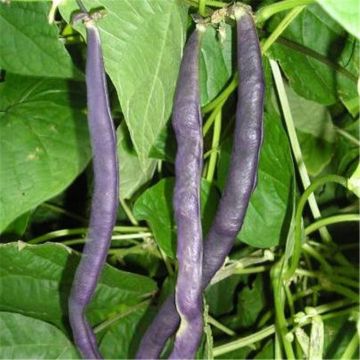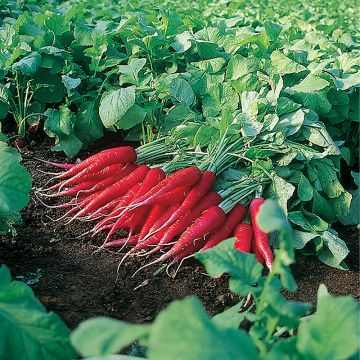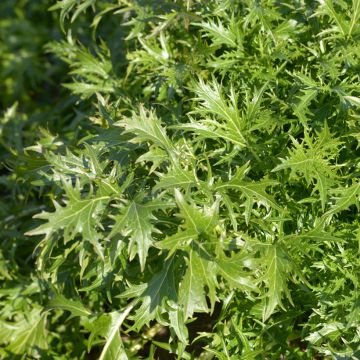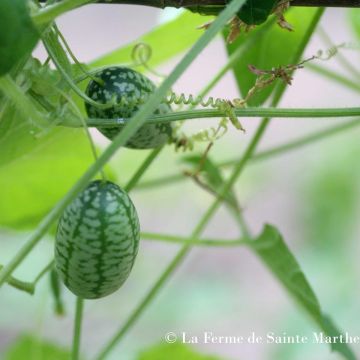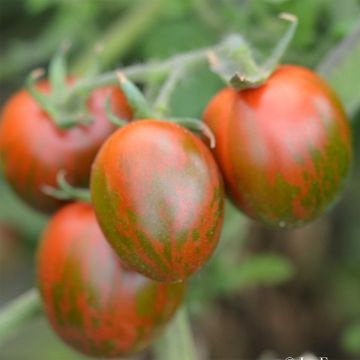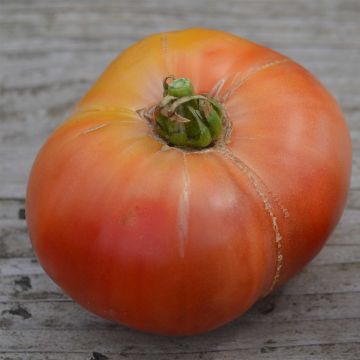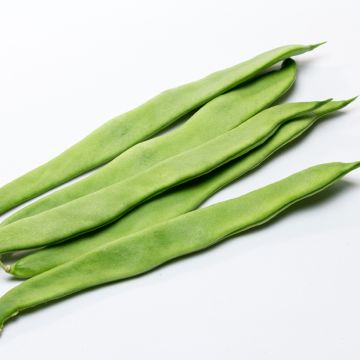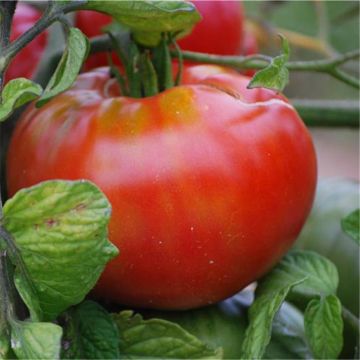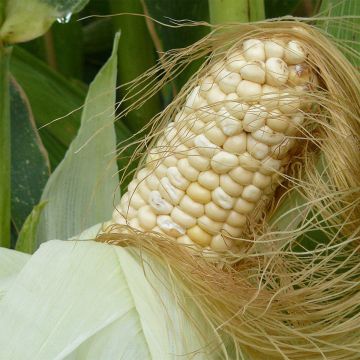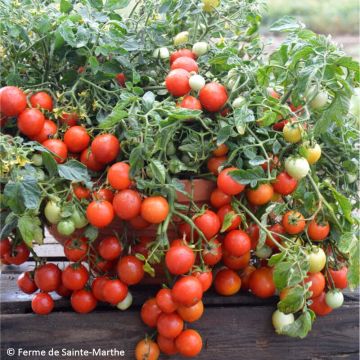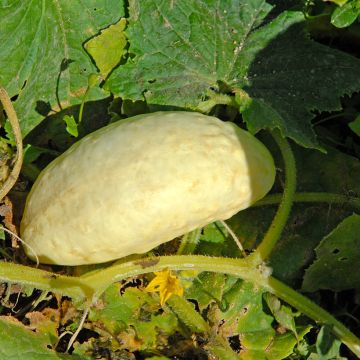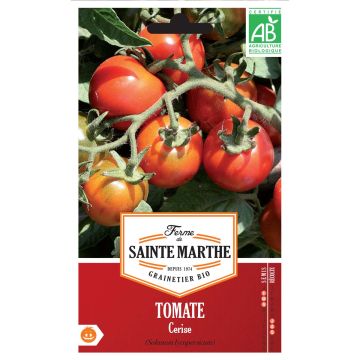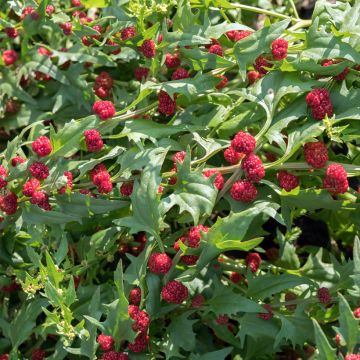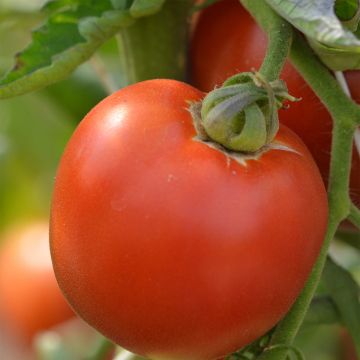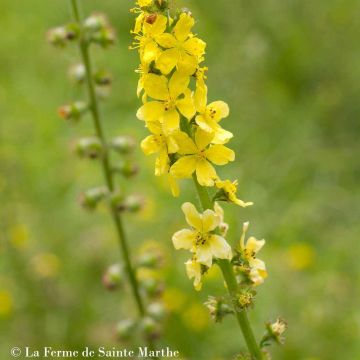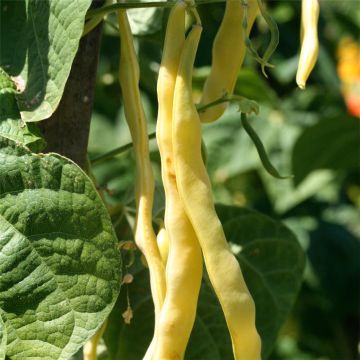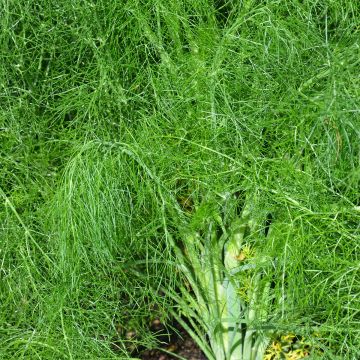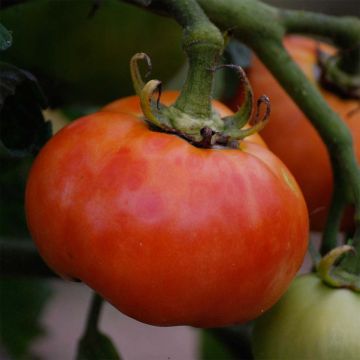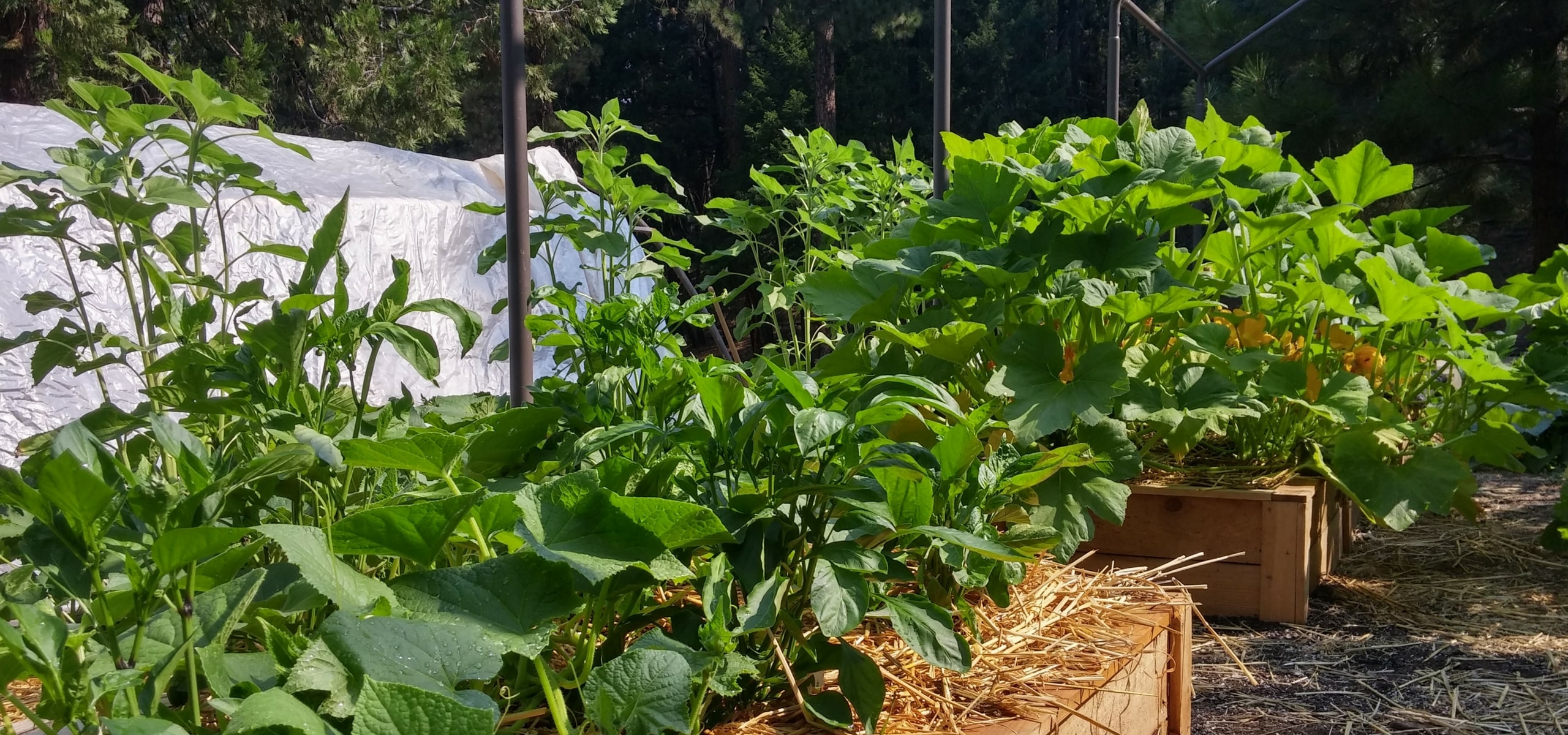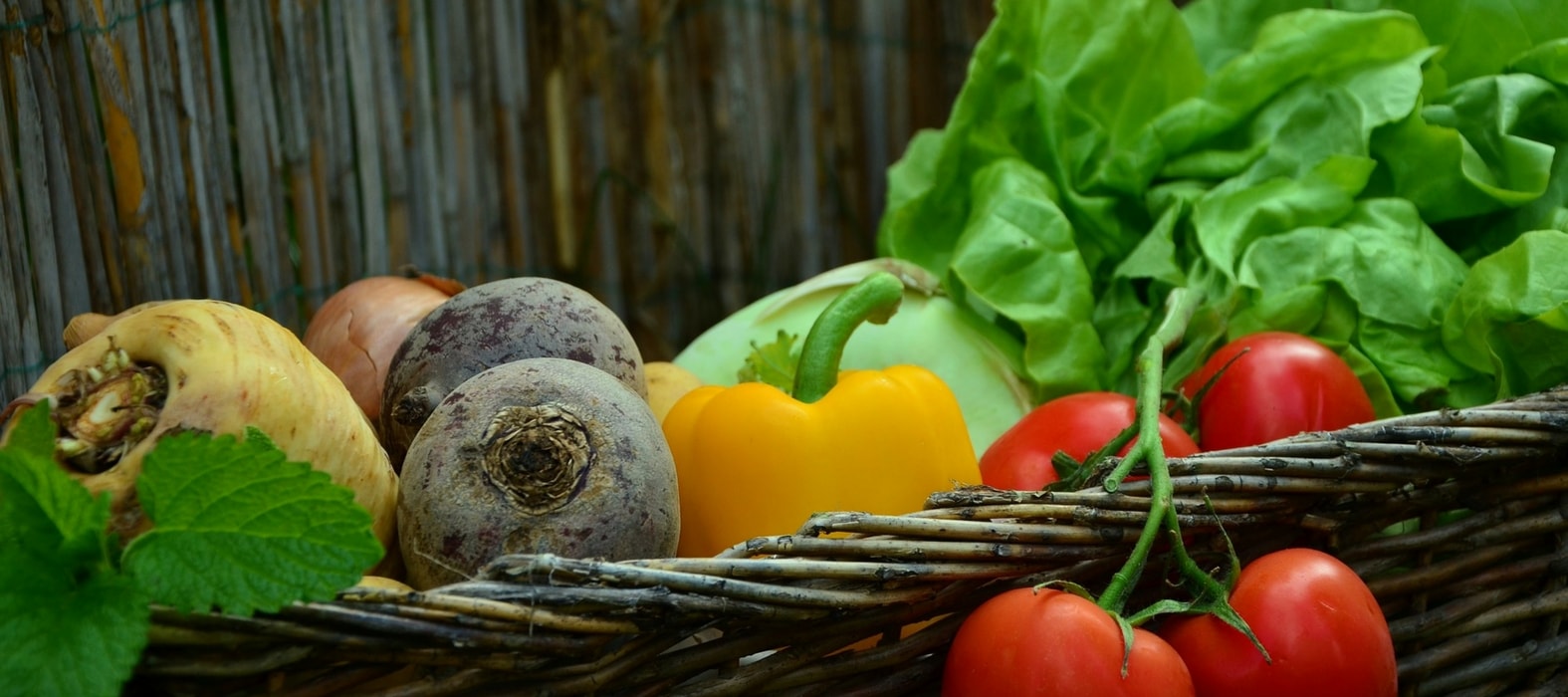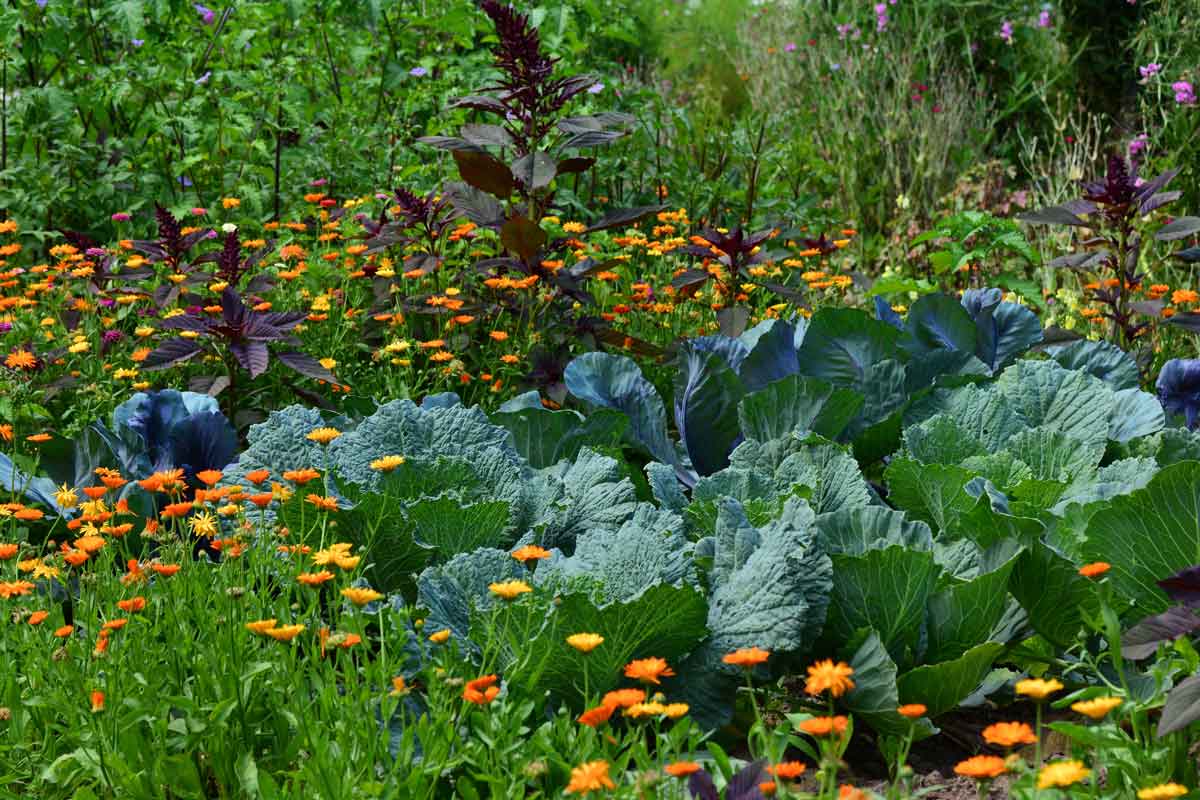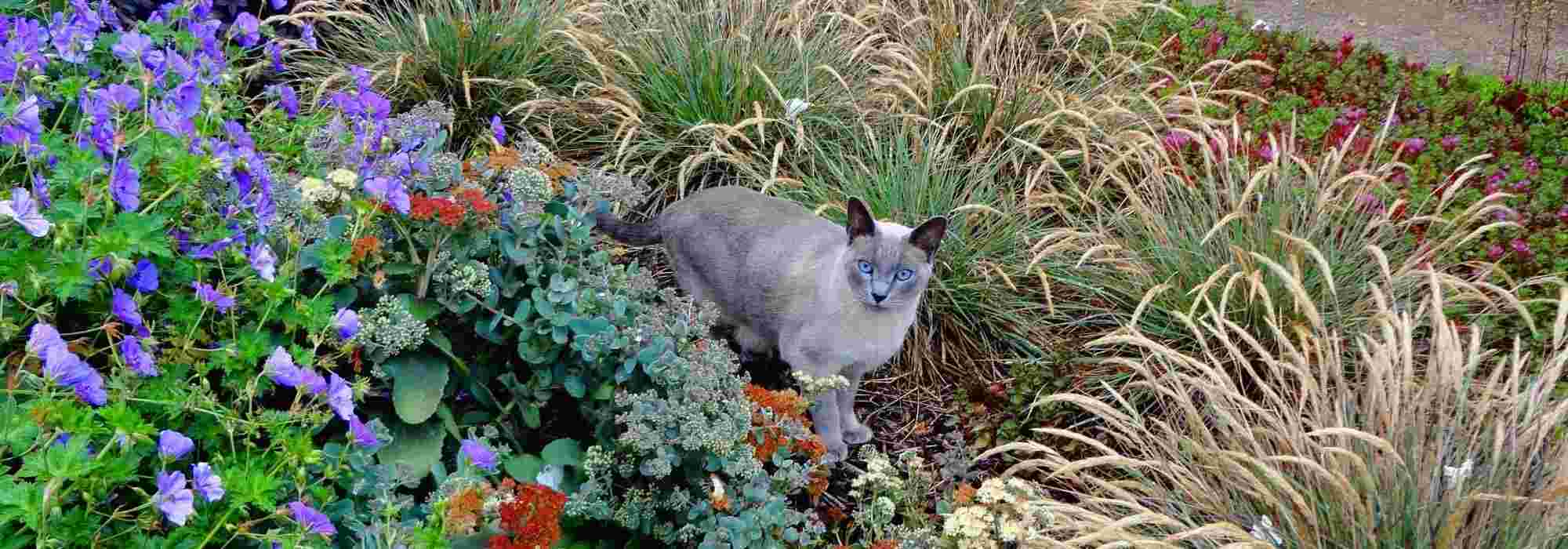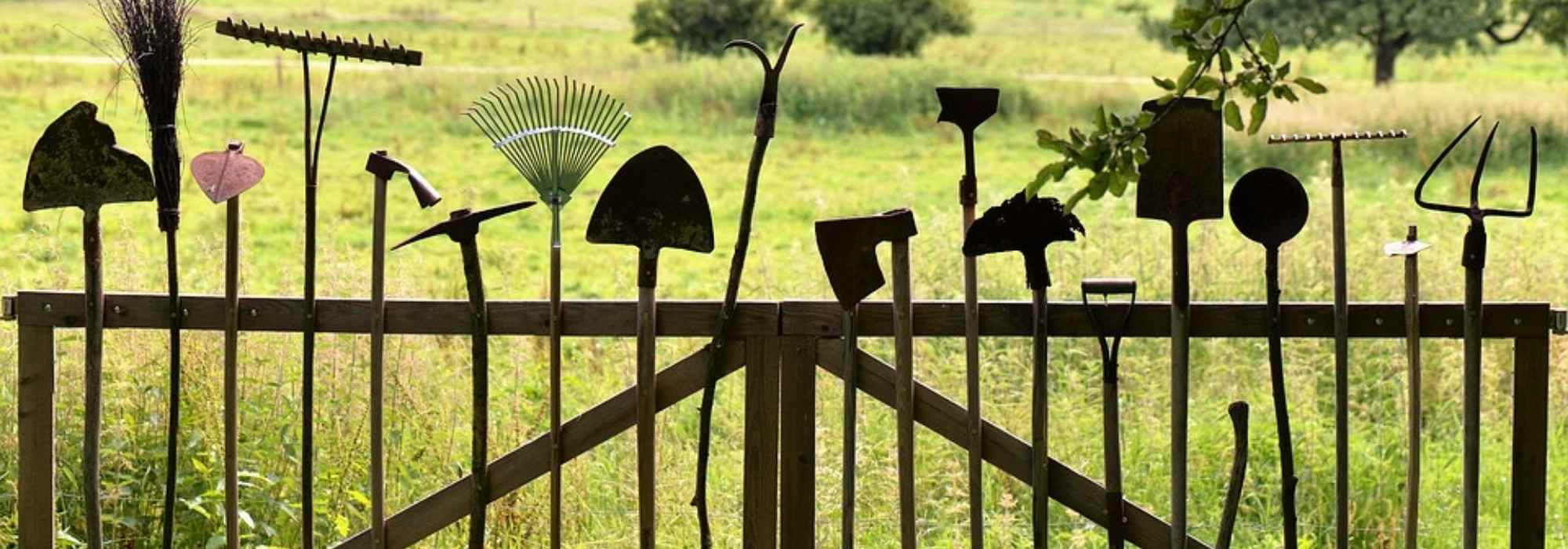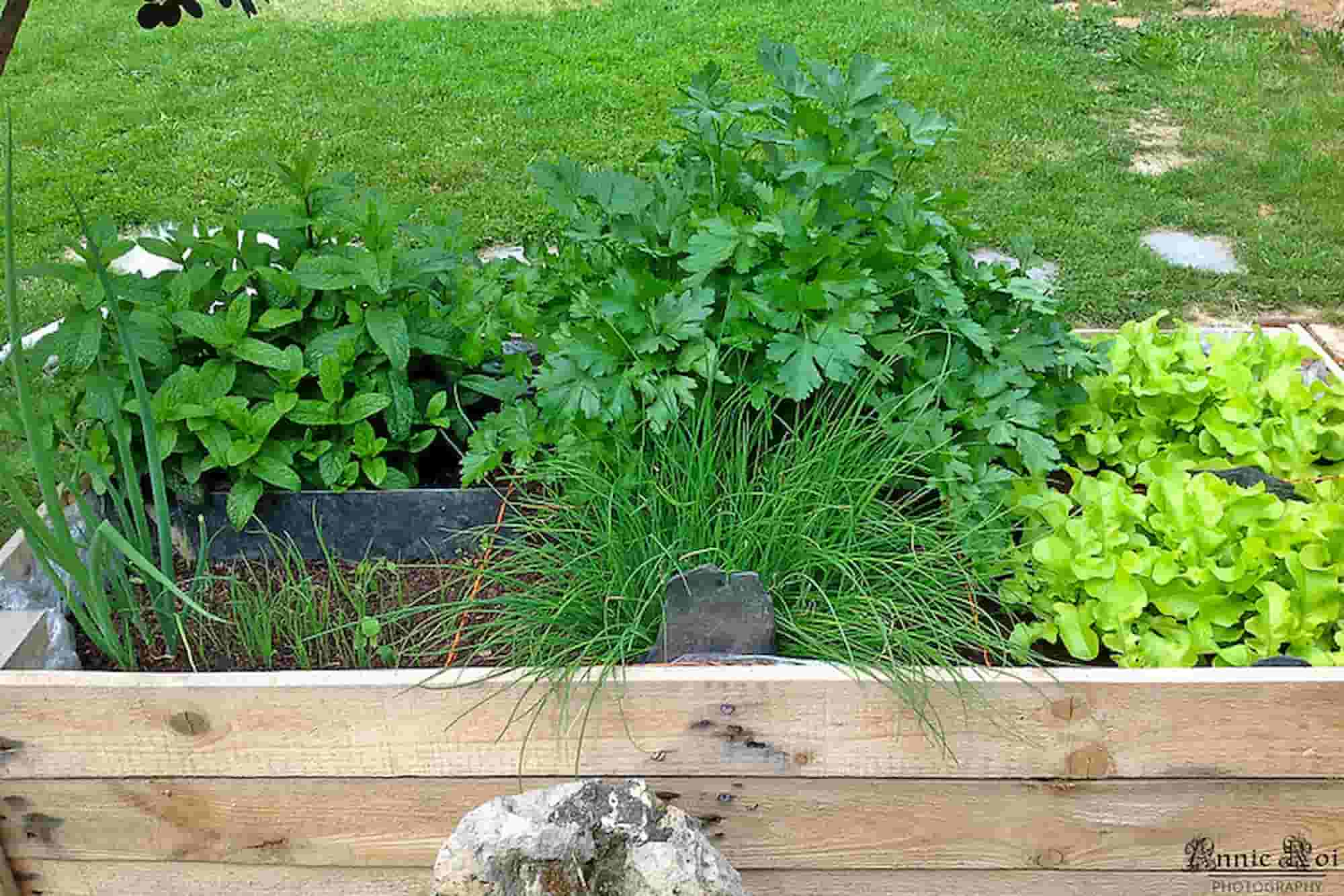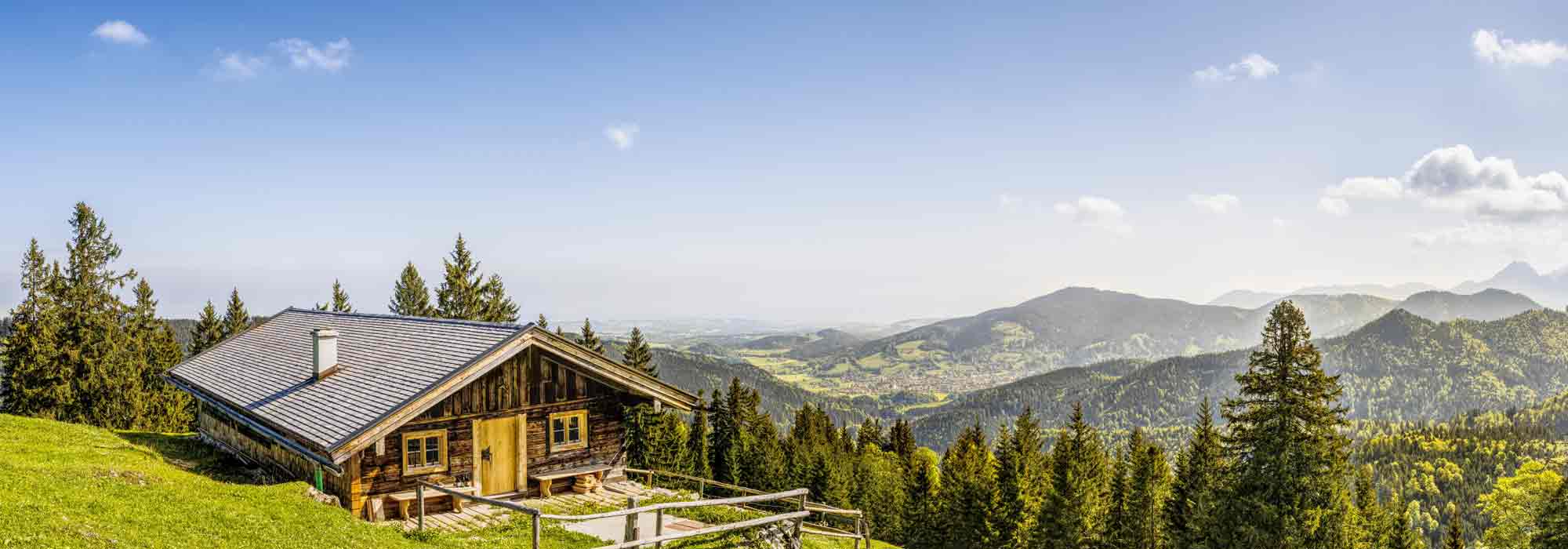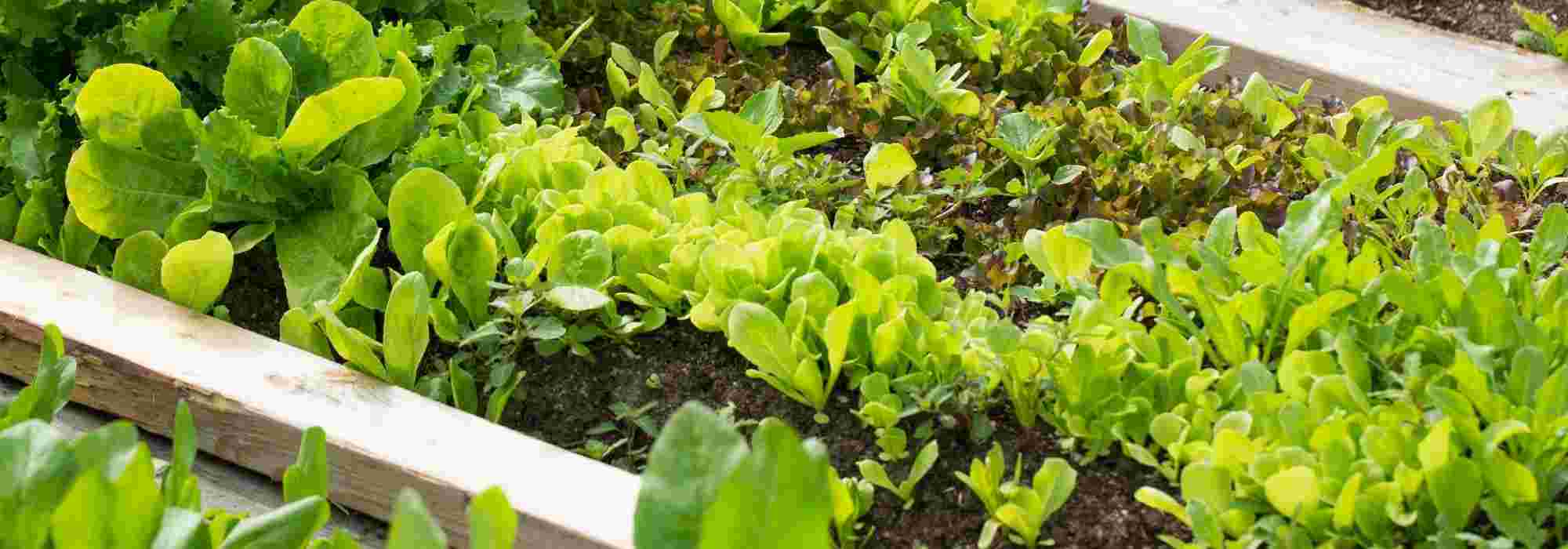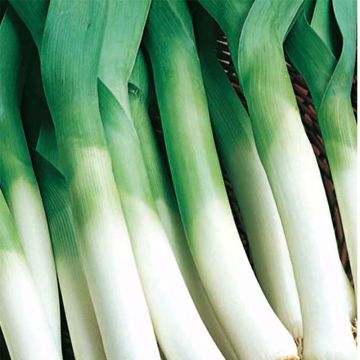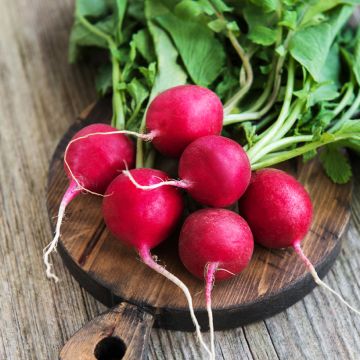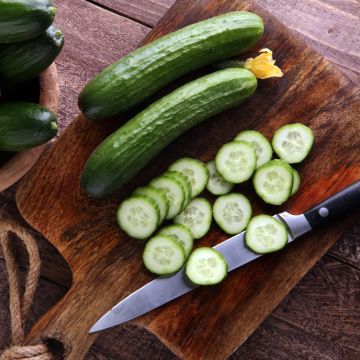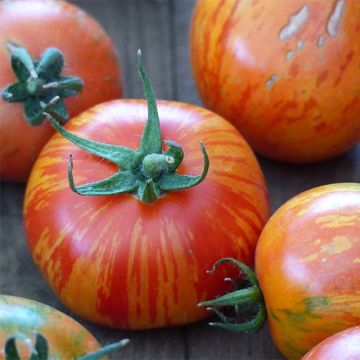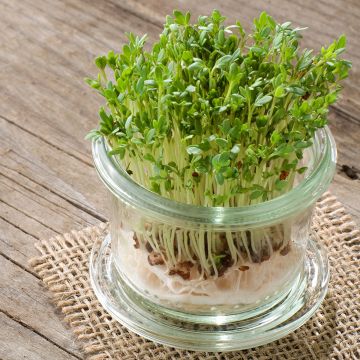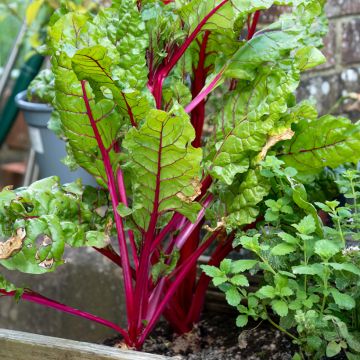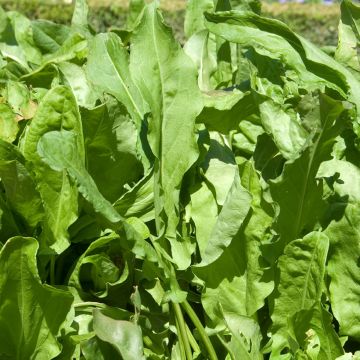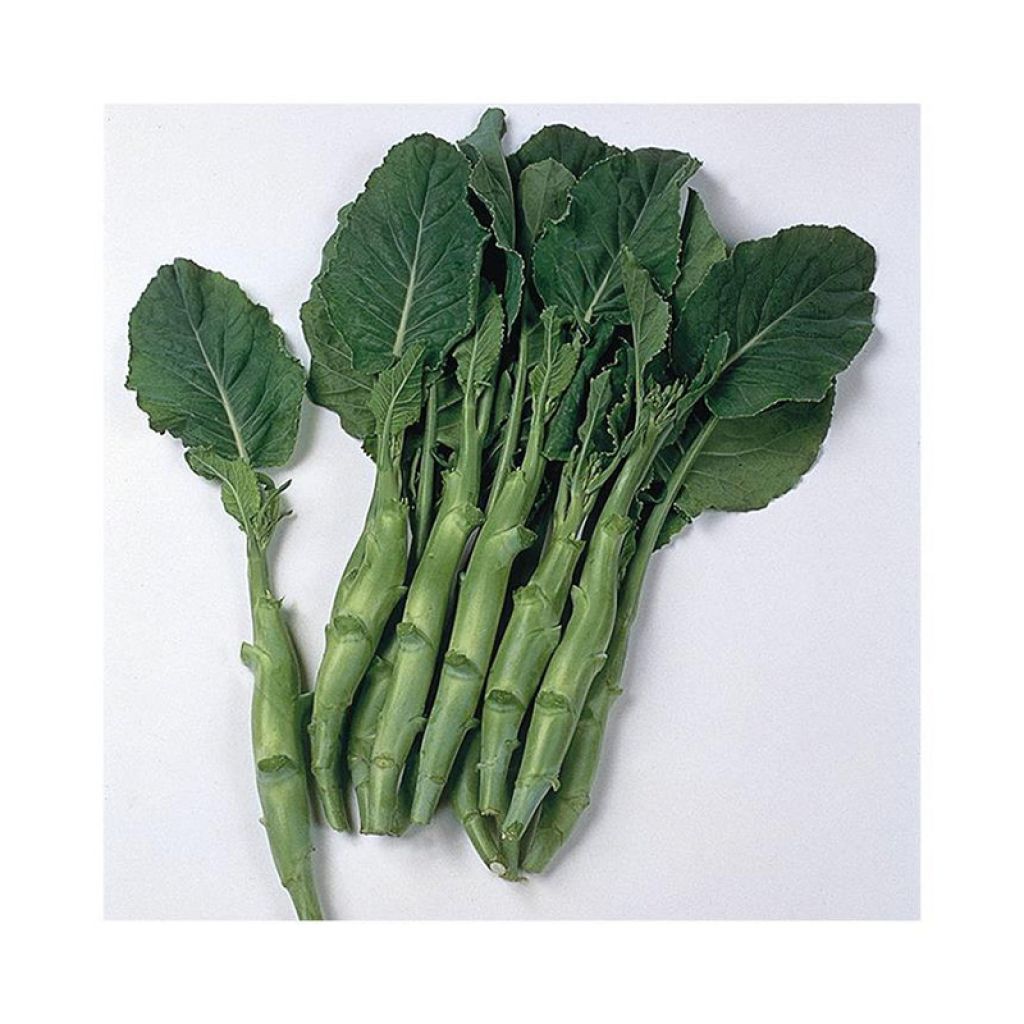

Untreated Chinese Broccoli - Ferme de Sainte Marthe seeds - Brassica alboglabra
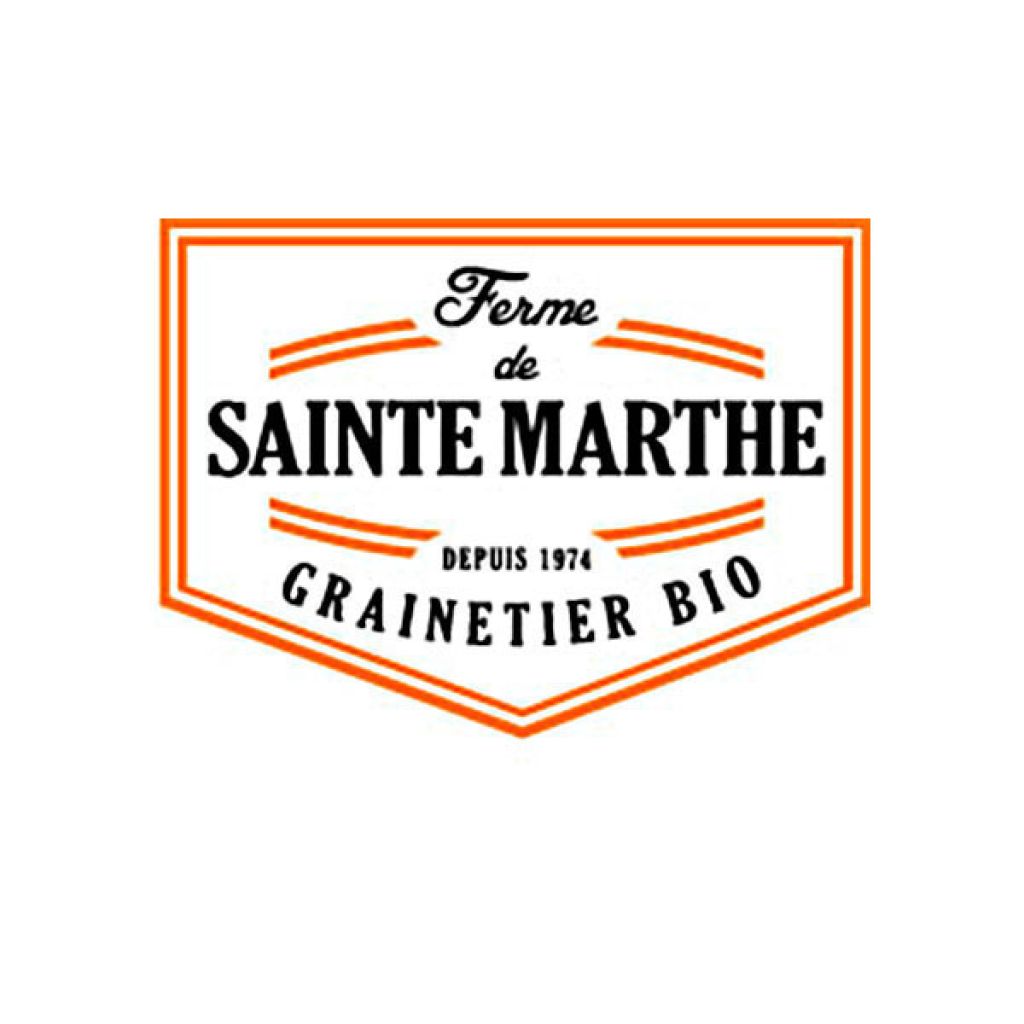

Untreated Chinese Broccoli - Ferme de Sainte Marthe seeds - Brassica alboglabra
Untreated Chinese Broccoli - Ferme de Sainte Marthe seeds - Brassica alboglabra
Brassica oleracea alboglabra
Chinese Broccoli
Special offer!
Receive a €20 voucher for any order over €90 (excluding delivery costs, credit notes, and plastic-free options)!
1- Add your favorite plants to your cart.
2- Once you have reached €90, confirm your order (you can even choose the delivery date!).
3- As soon as your order is shipped, you will receive an email containing your voucher code, valid for 3 months (90 days).
Your voucher is unique and can only be used once, for any order with a minimum value of €20, excluding delivery costs.
Can be combined with other current offers, non-divisible and non-refundable.
Why not try an alternative variety in stock?
View all →This plant carries a 6 months recovery warranty
More information
We guarantee the quality of our plants for a full growing cycle, and will replace at our expense any plant that fails to recover under normal climatic and planting conditions.
Description
The 'Kailaan' cabbage, or Chinese kale, is a variety of Asian-origin broccoli cabbage. It is a vegetable commonly used in the Southeast regions of China and Vietnam. It can reach a height of 30 cm (12in) and produces a creamy white flowering, making it a decorative element in the vegetable garden. It is traditionally cooked by steaming or in works with ginger or garlic. Its flavour is a cross between cabbage and asparagus. It contributes to bringing a delicate note to dishes. Chinese kale is sown from April to August and harvested from August to October. It is advisable to hill the plants when they reach about twenty centimetres.
The untreated or "NT" seeds come from plants grown conventionally (often using phytosanitary products). However, they undergo no treatment after harvest. These seeds are allowed in organic market gardening when organic seeds are out of stock.
Chinese cabbages are vegetable plants native to China and, more generally, to Eastern Asia. Like their European counterparts, they belong to the large family of Brassicaceae and are named after the Brassica rapa species.
These cabbages, which were hardly found in certain specialised shops just a few years ago, are gradually gaining ground on our stalls and vegetable gardens, to the delight of Asian cuisine enthusiasts.
They are biennial plants grown as annuals full of qualities in taste and nutrition. From a dietary point of view, they are remarkable: low in calories, very rich in vitamins C, A, and potassium, and also contain a lot of fibre and minerals like calcium.
These cabbages can be consumed raw or cooked in a salad or quickly stir-fried in a wok, soup or gratin.
In the vegetable garden, Chinese cabbage has the exact requirements as our European cabbages: deep soil, excellent manure, and regular moisture. It should be planted in a sunny location.
Harvest: they are harvested as needed.
Storage: It can be stored in a well-ventilated cellar for over a month.
Gardener's tip: To limit watering, we recommend that, when the plants are well-developed, you mulch the soil with thin successive layers of grass clippings, if possible, mixed with dead leaves. This protection, which keeps the soil moist, also reduces weed growth.
Report an error about the product description
Harvest
Plant habit
Foliage
Botanical data
Brassica
oleracea
alboglabra
Brassicaceae
Chinese Broccoli
Southeast Asia
Annual
Other Sainte Marthe farm
View all →Planting and care
Sowing:
Sowing is done from April to mid-July or even mid-August. It is done directly in the ground by sowing 2 or 3 seeds every 30 cm (12in) in rows spaced 40 to 50 cm (16 to 20in) apart.
Once the young plants have developed well (at the stage of 4 true leaves), thin them out by keeping only one plant every 30 cm (12in).
Then, lightly mound the soil when the plants reach 20 cm (8in).
Harvest: it is done from August to November, 2 to 3 months after sowing.
Seedlings
Care
Intended location
Planting & care advice
This item has not been reviewed yet - be the first to leave a review about it.
Similar products
Haven't found what you were looking for?
Hardiness is the lowest winter temperature a plant can endure without suffering serious damage or even dying. However, hardiness is affected by location (a sheltered area, such as a patio), protection (winter cover) and soil type (hardiness is improved by well-drained soil).

Photo Sharing Terms & Conditions
In order to encourage gardeners to interact and share their experiences, Promesse de fleurs offers various media enabling content to be uploaded onto its Site - in particular via the ‘Photo sharing’ module.
The User agrees to refrain from:
- Posting any content that is illegal, prejudicial, insulting, racist, inciteful to hatred, revisionist, contrary to public decency, that infringes on privacy or on the privacy rights of third parties, in particular the publicity rights of persons and goods, intellectual property rights, or the right to privacy.
- Submitting content on behalf of a third party;
- Impersonate the identity of a third party and/or publish any personal information about a third party;
In general, the User undertakes to refrain from any unethical behaviour.
All Content (in particular text, comments, files, images, photos, videos, creative works, etc.), which may be subject to property or intellectual property rights, image or other private rights, shall remain the property of the User, subject to the limited rights granted by the terms of the licence granted by Promesse de fleurs as stated below. Users are at liberty to publish or not to publish such Content on the Site, notably via the ‘Photo Sharing’ facility, and accept that this Content shall be made public and freely accessible, notably on the Internet.
Users further acknowledge, undertake to have ,and guarantee that they hold all necessary rights and permissions to publish such material on the Site, in particular with regard to the legislation in force pertaining to any privacy, property, intellectual property, image, or contractual rights, or rights of any other nature. By publishing such Content on the Site, Users acknowledge accepting full liability as publishers of the Content within the meaning of the law, and grant Promesse de fleurs, free of charge, an inclusive, worldwide licence for the said Content for the entire duration of its publication, including all reproduction, representation, up/downloading, displaying, performing, transmission, and storage rights.
Users also grant permission for their name to be linked to the Content and accept that this link may not always be made available.
By engaging in posting material, Users consent to their Content becoming automatically accessible on the Internet, in particular on other sites and/or blogs and/or web pages of the Promesse de fleurs site, including in particular social pages and the Promesse de fleurs catalogue.
Users may secure the removal of entrusted content free of charge by issuing a simple request via our contact form.
The flowering period indicated on our website applies to countries and regions located in USDA zone 8 (France, the United Kingdom, Ireland, the Netherlands, etc.)
It will vary according to where you live:
- In zones 9 to 10 (Italy, Spain, Greece, etc.), flowering will occur about 2 to 4 weeks earlier.
- In zones 6 to 7 (Germany, Poland, Slovenia, and lower mountainous regions), flowering will be delayed by 2 to 3 weeks.
- In zone 5 (Central Europe, Scandinavia), blooming will be delayed by 3 to 5 weeks.
In temperate climates, pruning of spring-flowering shrubs (forsythia, spireas, etc.) should be done just after flowering.
Pruning of summer-flowering shrubs (Indian Lilac, Perovskia, etc.) can be done in winter or spring.
In cold regions as well as with frost-sensitive plants, avoid pruning too early when severe frosts may still occur.
The planting period indicated on our website applies to countries and regions located in USDA zone 8 (France, United Kingdom, Ireland, Netherlands).
It will vary according to where you live:
- In Mediterranean zones (Marseille, Madrid, Milan, etc.), autumn and winter are the best planting periods.
- In continental zones (Strasbourg, Munich, Vienna, etc.), delay planting by 2 to 3 weeks in spring and bring it forward by 2 to 4 weeks in autumn.
- In mountainous regions (the Alps, Pyrenees, Carpathians, etc.), it is best to plant in late spring (May-June) or late summer (August-September).
The harvesting period indicated on our website applies to countries and regions in USDA zone 8 (France, England, Ireland, the Netherlands).
In colder areas (Scandinavia, Poland, Austria...) fruit and vegetable harvests are likely to be delayed by 3-4 weeks.
In warmer areas (Italy, Spain, Greece, etc.), harvesting will probably take place earlier, depending on weather conditions.
The sowing periods indicated on our website apply to countries and regions within USDA Zone 8 (France, UK, Ireland, Netherlands).
In colder areas (Scandinavia, Poland, Austria...), delay any outdoor sowing by 3-4 weeks, or sow under glass.
In warmer climes (Italy, Spain, Greece, etc.), bring outdoor sowing forward by a few weeks.






























